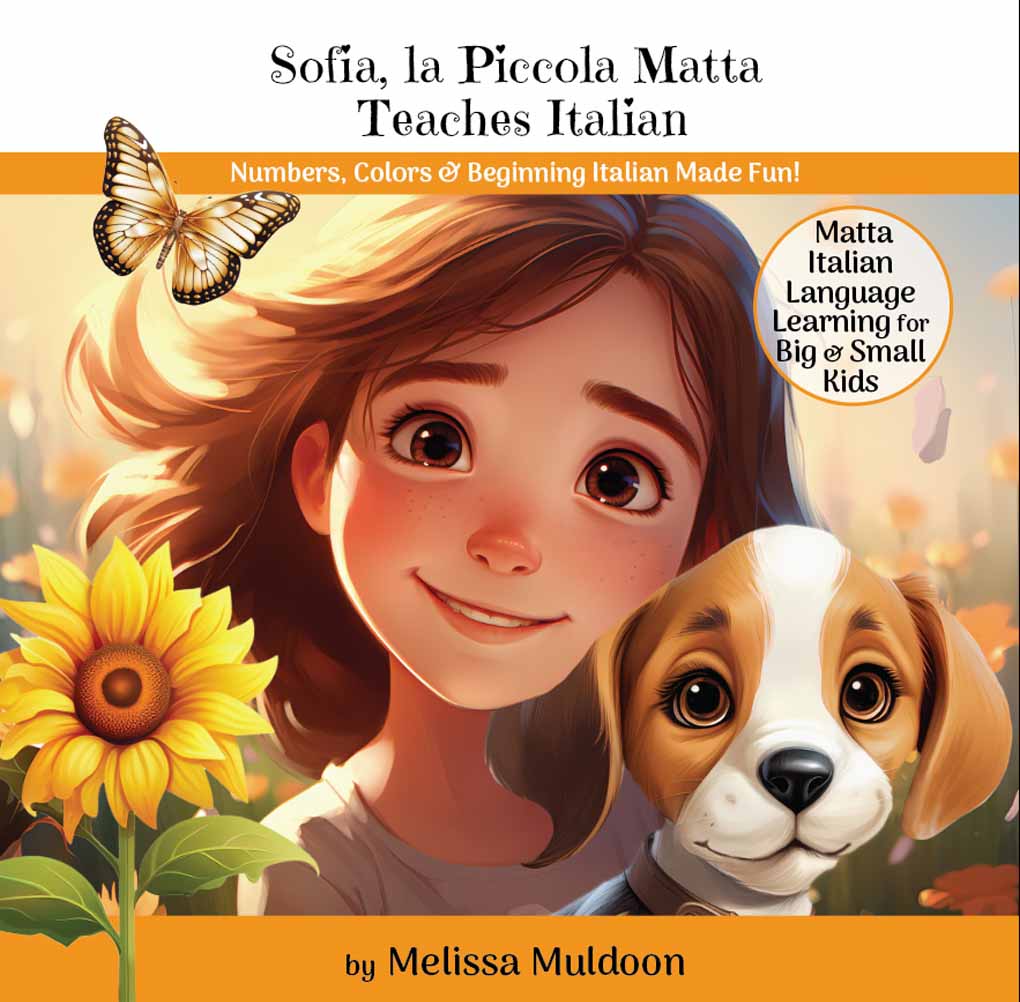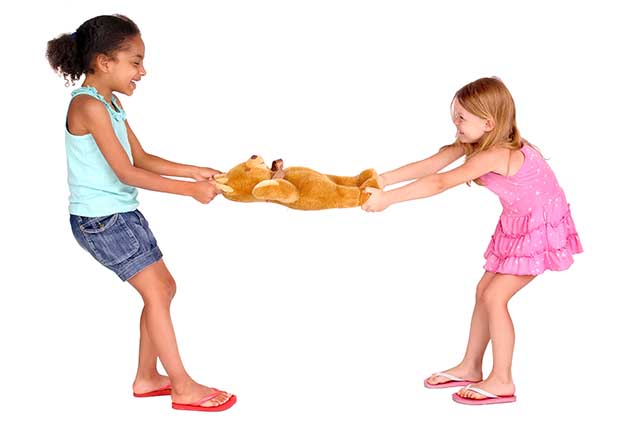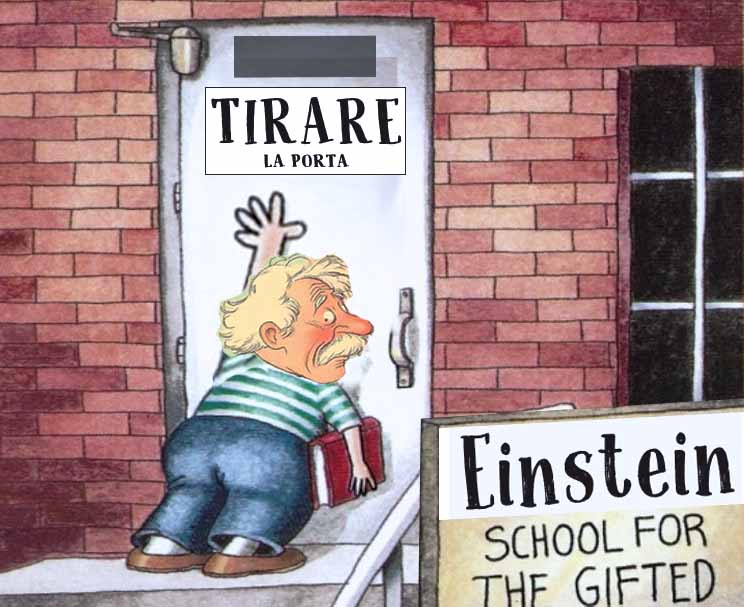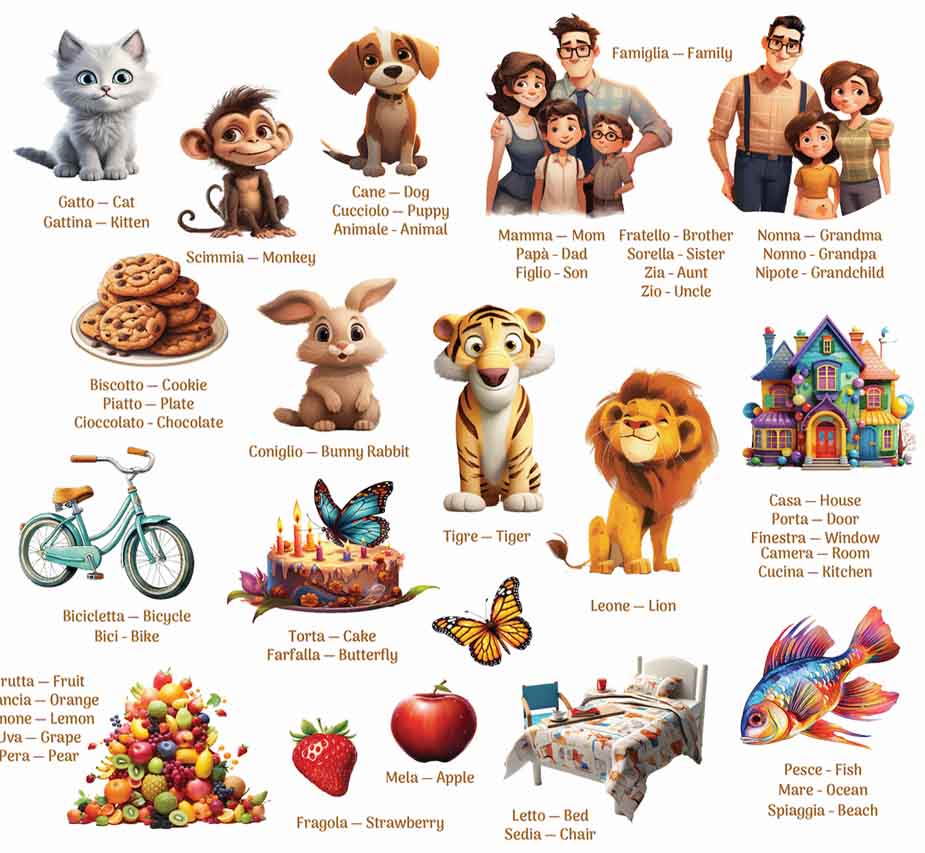
Padroneggiare i Nomi Singolari e Plurali in Italiano
How to Combine Italian Nouns with Definite (THE) and Indefinite Articles (A, AN)
Nomi Italiani / Italian Nouns
Un nome è una parola che identifica una persona, un luogo, un oggetto, un’idea o un concetto. Può essere un oggetto concreto (come “libro” o “cane”) o un’idea astratta (come “amore” o “libertà”). Nella lingua, i nomi servono come soggetto o oggetto di una frase.
A noun is a word that identifies a person, place, thing, idea, or concept. It can be a concrete object (like “book” or “dog”) or an abstract idea (like “love” or “freedom”). In language, nouns serve as the subject or object of a sentence.
Perché i nomi sono importanti
Why Nouns Are Important
Che tu stia iniziando il tuo percorso di apprendimento dell’italiano o che voglia perfezionare le tue competenze, capire i nomi è essenziale per costruire il tuo vocabolario. Il genere dei nomi italiani è cruciale per un uso corretto della grammatica, specialmente per gli articoli, gli aggettivi e i pronomi che devono concordare in genere e numero con il nome a cui si riferiscono.
Whether you’re just beginning your Italian journey or looking to polish your skills, understanding nouns is essential for building your vocabulary. The gender of Italian nouns is crucial for correct grammar usage, especially for articles, adjectives, and pronouns that agree in gender and number with the noun they refer to.
Il genere dei nomi italiani
The Gender of Italian Nouns
In italiano, i nomi sono classificati come maschili o femminili, e questa distinzione influenza gli articoli e gli aggettivi usati con essi.
In Italian, nouns are categorized as either masculine or feminine, and this distinction affects the articles and adjectives used with them.
I nomi maschili italiani di solito terminano in “O”
nella forma singolare e in “i” nella forma plurale.
Italian masculine nouns usually end in “O”
in their singular forms and “i” in their plural forms.
I nomi femminili italiani di solito terminano in “A”
nella forma singolare e in “E” nella forma plurale.
Italian feminine nouns usually end in
“A” in their singular forms and “E” in their plural forms
Articoli determinativi: “The” in italiano
Definite Articles: “The” in Italian
In inglese, “THE” è un articolo determinativo. In italiano, invece, è espresso in vari modi:
In English, “THE” is a definite article. In Italian, it is expressed in various ways:
Articoli determinativi maschili italiani: il, lo, l’, i, gli
Masculine Italian Definite Articles: il, lo, l’, i, gli
Articoli determinativi femminili italiani: la, l’, le
Feminine Italian Definite Articles: la, l’, le
Articoli indeterminativi: “A” o “An” in italiano
Indefinite Articles: “A” or “An” in Italian
In inglese, “A” o “An” è un articolo indeterminativo. In italiano, invece, sono espressi in vari modi:
In English, “A” or “An” is an indefinite article. In Italian, it is expressed in various ways:
Articoli indeterminativi femminili italiani: una, un’
Feminine Italian Indefinite Articles: una, un’
Articoli indeterminativi maschili italiani: un, uno, un’
Masculine Italian Indefinite Articles: un, uno, un’

La Casa / the House 
Il libro / The book
Convenzioni grammaticali, non realtà
Grammatical Conventions, Not Reality
In italiano, questa classificazione dei nomi come maschili o femminili non si basa sulla reale mascolinità o femminilità degli oggetti o dei concetti che rappresentano. Invece, è una caratteristica grammaticale della lingua che influenza l’uso di articoli e aggettivi.
In Italian, this classification of nouns as masculine or feminine is not based on the actual masculinity or femininity of the objects or concepts they represent. Instead, it’s a grammatical feature of the language that affects how we use articles and adjectives.
Ad esempio, la casa (the house) è femminile, mentre il libro (the book) è maschile. Questa classificazione di genere è una convenzione della lingua italiana e non implica nulla sul genere reale o sulle caratteristiche degli oggetti.
For example, la casa (the house) is feminine, while il libro (the book) is masculine. This gender classification is a convention of the Italian language and doesn’t imply anything about the actual gender or characteristics of the objects.

Il professore 
La professoressa
Nomi con finali irregolari
Nouns with Irregular Endings
Allo stesso modo, alcuni nomi che si riferiscono a persone possono avere generi diversi in base al sesso dell’individuo. Ad esempio, il professore (il professore uomo) e la professoressa (la professoressa donna) usano forme diverse, ma questa distinzione riguarda la concordanza grammaticale, non la natura intrinseca della professione o della persona.
Similarly, some nouns that refer to people can have different genders based on the individual’s sex. For instance, il professore (the male professor) and la professoressa (the female professor) use different forms, but this distinction is about grammatical agreement, not about the intrinsic nature of the profession or person.
Some Italian Nouns End in “E” — What Do We Do with Them???
Some Italian Nouns end in “E” — What do we do with them???
Alcuni nomi italiani terminano in “E” nella loro forma singolare e cambiano in “I” nella forma plurale. Queste parole possono essere sia maschili che femminili, ed è necessario memorizzarle per conoscerne il genere.
Some Italian nouns end in “E” in their singular forms and change to “I” in their plural forms. These words can be either masculine or feminine, and you need to memorize them to know their gender.
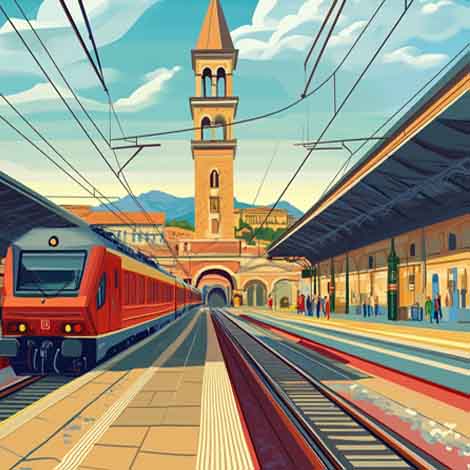
La stazione / The train Station 
Il bicchiere / glass
More Indepth Look at Femine and Masculine Nouns and Their Definite Articles
Feminine Nouns — A more indepth look
Most feminine singular nouns end in -a.
Casa (house)
Ragazza (girl)
However, some Feminine Nouns end in -e.
These must be memorized.
Chiave (key)
Stazione (station)
Common Patterns: Nouns ending in
zione, -sione, or -gione are usually feminine
la Impressione – the Impression
la stagione – the season
l’esaminazione – the examination
The indefinite articles “A” or “AN” in English
for singular feminine nouns are: Una or Un’
Una (before consonant)
una casa (a house)
una chiave (a key)
una donna (a woman)
Un’ (before vowels) un’idea (an idea)
un’acqua (a water)
un’elefante (an elephant)
The definite article “THE” in English
for singular feminine nouns are: La or l’
La (before consonants) la casa (the house)
la chiave (the key)
la donna (the woman)
L’ (before vowels) l’idea (the idea)
l’acqua (the water)
l’elefante (the elephant)
The definite article (“THE” in English)
for All Plural feminine nouns is: Le
Le Case (The houses)
Le Ragazze (The girls)
Le IdEE (The Ideas)
Le Arance (The Oranges)
Feminine singular nouns Ending in -e in their Plural Forms change to an -i but retain the definite article Le.
La Chiave / Le Chiavi (key / keys)
La Stazione / Le Stazioni (station / stations)
Masculine Nouns — A more indepth look
Most masculine singular nouns end in -o
Libro (book)
Ragazzo (boy)
Some Masculine Nouns end in -e.
These must be memorized.
Bicchiere (drinking glass)
Studente (student)
Some Masculine Nouns end in a consonant. (Usually these words come from English or other foreign languages).
Computer (computer)
Bar (bar)
The indefinite article (“A”) for singular masculine nouns are: Un, Uno & Un’
Un (before consonants)un libro (a book)
un gelato (an ice cream)
un ragazzo (a boy)
Uno (before s+consonant, z, ps, gn, x)uno studente (a student)
uno scudo (a shield)
uno zaino (a backpack)
uno psicologo (a psychologist)
Un’ (before vowels)
un’amico (a friend)
un’albergo (a hotel)
un’esperimento (an experiment)
The definite article (THE) for singular masculine nouns are: Il, Lo, L’
il (before consonants) il libro (the book)
il gelato (the ice cream)
il ragazzo (the boy)
Lo (before s+consonant, z, ps, gn, x)
lo studente (the student)
lo scudo (the shield)
lo zaino (the backpack)
lo psicologo (the psychologist)
L’ (before vowels)
l’amico (the friend)
l’albergo (the hotel)
l’esperimento(the experiment)
Plural Masculine Endings:
Most masculine plural nouns end in -i.
libri (books)
gelati (ice creams)
ragazzi (boys)
Only foreign words like film “bar” do not change their endings.
il computer / i computer (the computer / the computers)
il bar / i bar (the bar / the bars)
il film / i film (the movie / the movies)
The definite article (THE) for Plural masculine nouns are: i, Gli
i (before consonants)
i libri (the books)I gelati (the ice creams)
i ragazzi (the boys)
Gli (before s+consonant, z, ps, gn, x) gli studenti (the students)
gli scudi (the shields)
gli zaini (the backpacks)
gli psicologi (the psychologists)
Gli (before vowels) gli amici (the friends)
gli alberghi (the hotels)
gli esperimenti (the experiments)
gli alberi (the trees)
All masculine singular nouns that end in -e
change to an -i.
il bicchiere / i bicchieri (drinking glass / drinking glasses)
il pane / i pani (bread / breads)
Per i principianti — migliorerà le tue abilità in italiano.
For Big and Small Italian Language Learners — improve Italian skills!
Sofia, la Piccola Matta Teaches Italian:
Numbers, Colors & Beginning Italian Made Fun!
by Melissa Muldoon — la Studentessa Matta
Learn ItaliaN Basic Grammar for Big & Small Kids Alike
With Sofia and her Beagle Moka!
